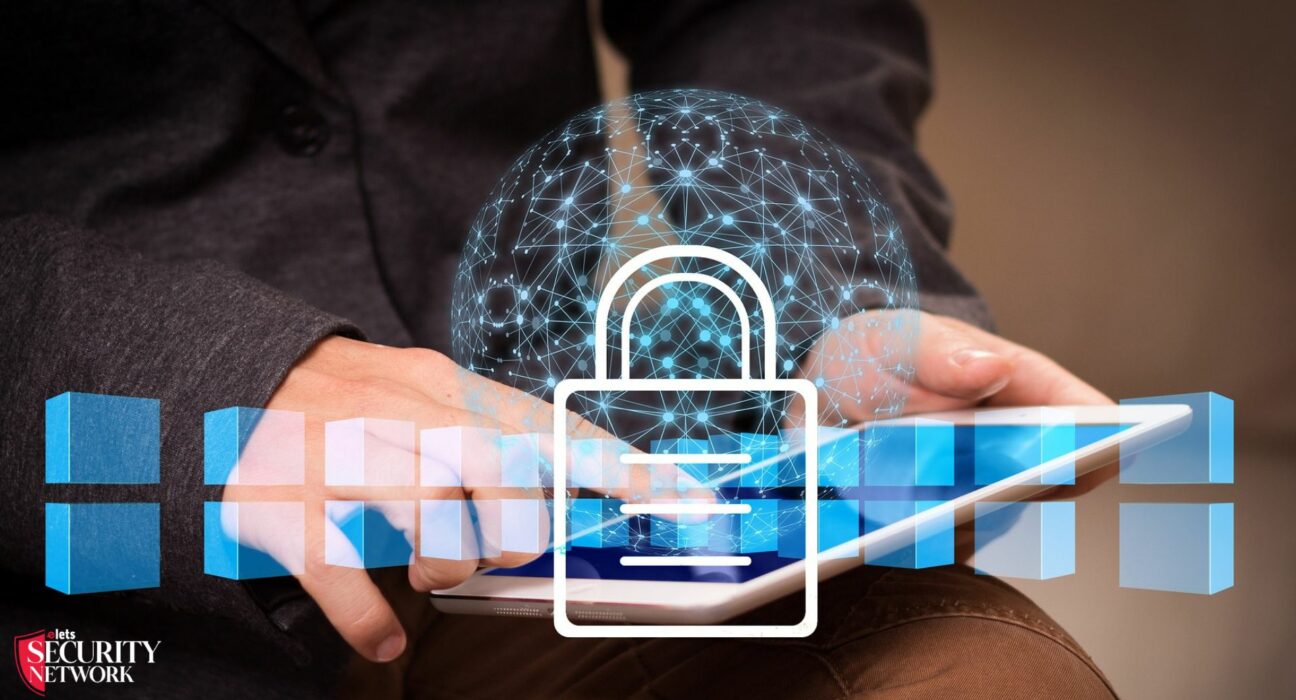Small and medium-sized businesses (SMBs) face a multitude of challenges in today’s digital landscape, and one of the most pressing is cybersecurity. In recent years, cyberattacks have become increasingly common and sophisticated, with hackers targeting SMBs in particular because they often have weaker security measures in place than larger enterprises. As a result, SMBs must be aware of the cybersecurity challenges they face and take proactive steps to protect their businesses.
Key Challenges Facing SMBs in Cybersecurity:
1. Lack of resources
One of the biggest challenges SMBs face is a lack of resources. Unlike larger enterprises, which have dedicated IT departments and large budgets for cybersecurity, SMBs often have limited resources and may not have the expertise to implement effective cybersecurity measures. This can leave them vulnerable to attacks and make it difficult to recover from a breach.
2. Lack of awareness
Another challenge is a lack of awareness. Many SMBs may not fully understand the importance of cybersecurity or the risks they face. This can lead to a lack of investment in cybersecurity measures and a failure to implement basic security protocols, such as using strong passwords and regularly updating software.
3. Targeted attacks
SMBs are often targeted by cybercriminals because they are seen as easy targets. Hackers may use phishing attacks or social engineering tactics to gain access to SMBs’ networks and steal sensitive information, such as financial data and customer information. SMBs may also be targeted by ransomware attacks, which can be devastating if they do not have adequate backups in place.
4. Third-party risks
Many SMBs rely on third-party vendors and service providers for their IT infrastructure, such as cloud computing and hosting services. While these partnerships can be beneficial, they also introduce additional cybersecurity risks. If a third-party provider is breached, it can compromise the security of the SMB’s data and systems.
5. Compliance requirements
Many SMBs are subject to compliance requirements, such as HIPAA for healthcare providers and GDPR for companies that do business in the European Union. These regulations can be complex and may require SMBs to implement specific cybersecurity measures to protect sensitive data. Failure to comply with these regulations can result in hefty fines and reputational damage.
So, what can SMBs do to address these cybersecurity challenges?
First and foremost, SMBs should invest in cybersecurity measures that are appropriate for their business needs and budget. This may include basic security protocols like two-factor authentication and regular software updates, as well as more advanced measures like network monitoring and encryption.
SMBs should also educate their employees about cybersecurity best practices and the risks they face. This can include regular training sessions, phishing simulations, and policies around password management and data access.
To manage third-party risks, SMBs should conduct due diligence on their vendors and service providers, and ensure that they have appropriate security measures in place. SMBs should also consider implementing contracts that require vendors to maintain a certain level of cybersecurity.
Finally, SMBs should work with cybersecurity experts to ensure they are complying with relevant regulations and implementing best practices. This can include hiring a dedicated IT professional or partnering with a cybersecurity firm that specializes in working with SMBs.
In conclusion, cybersecurity is a critical issue facing SMBs today. By understanding the risks they face and taking proactive steps to protect their businesses, SMBs can mitigate the impact of cyberattacks and ensure the security of their data and systems.

